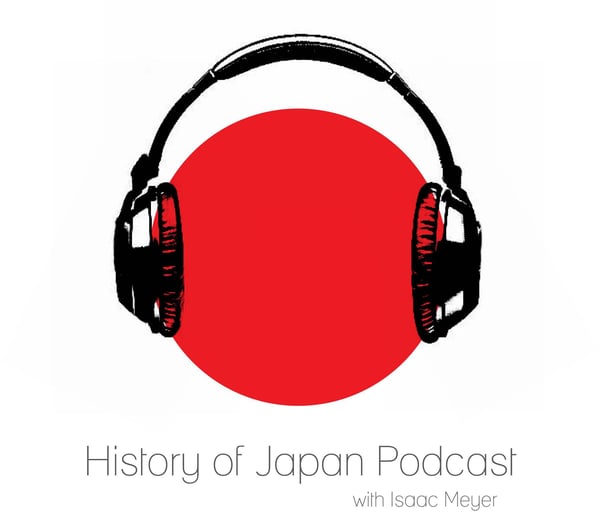Episode 564 - You Gotta Fight for Your Right to Party, Part 3
History of Japan
Isaac Meyer
4.8 • 744 Ratings
🗓️ 7 February 2025
⏱️ 37 minutes
🧾️ Download transcript
Summary
This week: outside of big urban riots, how did violence figure into the daily life of the Edo period? To answer this question, we'll take a look at one particularly well-documented example: youth gangs in the area surrounding Sensoji in the shogun's capital of Edo.
Show notes here.
Transcript
Click on a timestamp to play from that location
| 0:00.0 | Hello and welcome to the history of Japan podcast episode 546. |
| 0:21.0 | You got a fight for your right to party, part three. |
| 0:25.4 | If you've been to Tokyo, you've almost certainly spent at least sometime in Asaksa. |
| 0:30.5 | It's a beautiful neighborhood along the Camo River, a classic bit of the Stamachi, the lower town, |
| 0:35.9 | where once upon a time, the commoners who labored |
| 0:38.5 | in the Shogun's capital worked and lived. It was actually, literally the first place I ever went |
| 0:44.9 | to in Japan, well, aside from Narita Airport, I spent my first night ever in the country |
| 0:50.4 | at a youth hostel there in the summer of 2006 with some friends right after I graduated |
| 0:55.2 | from high school. It's a place I'll never forget, and not just because the bad takoyaki |
| 1:01.2 | I got on the way to the youth hostel made me sick, though that was definitely memorable. |
| 1:06.5 | No, part of what made it memorable was, of course, seeing the grand temple of Senzolji |
| 1:11.6 | for the first time. |
| 1:13.6 | That temple is the iconic symbol of Asaksa as a neighborhood. |
| 1:17.6 | Its official history states that it was founded back in the 600s when Tokyo was still |
| 1:23.6 | Edo, and Edo was at best a sleepy fishing village, and when the Kanto plains the |
| 1:29.3 | city now sprawls over, were considered wild, untamed country. |
| 1:34.7 | The story goes that two brothers, Hino Kuma no Hamanari and Hino Kumma no Takanari, were fishing |
| 1:41.6 | in the Sumida River when their net snagged on something. |
| 1:45.3 | They pulled out whatever it was to discover a statue of Kanon, the Buddhist bodhisattva of |
| 1:50.1 | mercy, known in Chinese as Guanian and in Sanskrit as Avilokitashvara. |
| 1:56.0 | They took the statue to a well-known local wise man, Haji no Nakamoto, who identified what the statue was |
| 2:03.0 | and built a temple to house it dedicated to the deity. |
... |
Please login to see the full transcript.
Disclaimer: The podcast and artwork embedded on this page are from Isaac Meyer, and are the property of its owner and not affiliated with or endorsed by Tapesearch.
Generated transcripts are the property of Isaac Meyer and are distributed freely under the Fair Use doctrine. Transcripts generated by Tapesearch are not guaranteed to be accurate.
Copyright © Tapesearch 2025.

